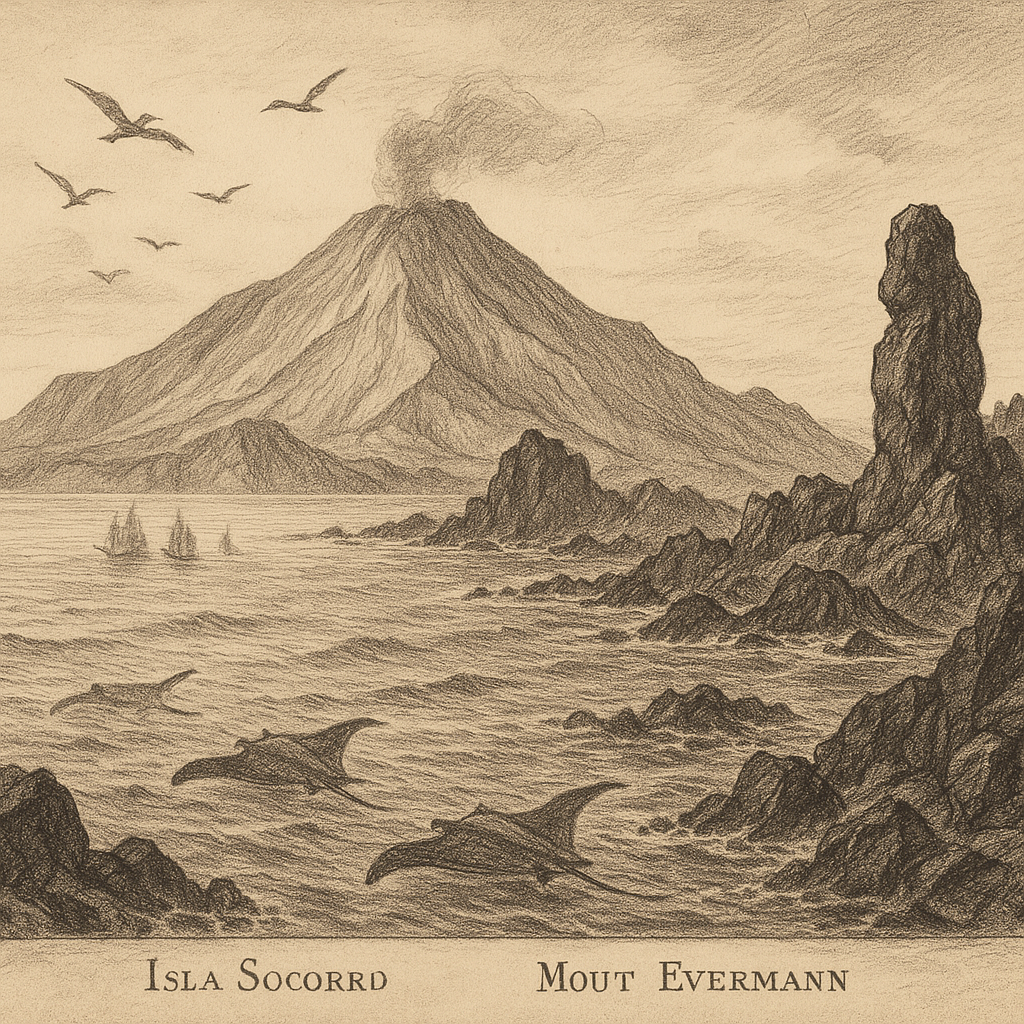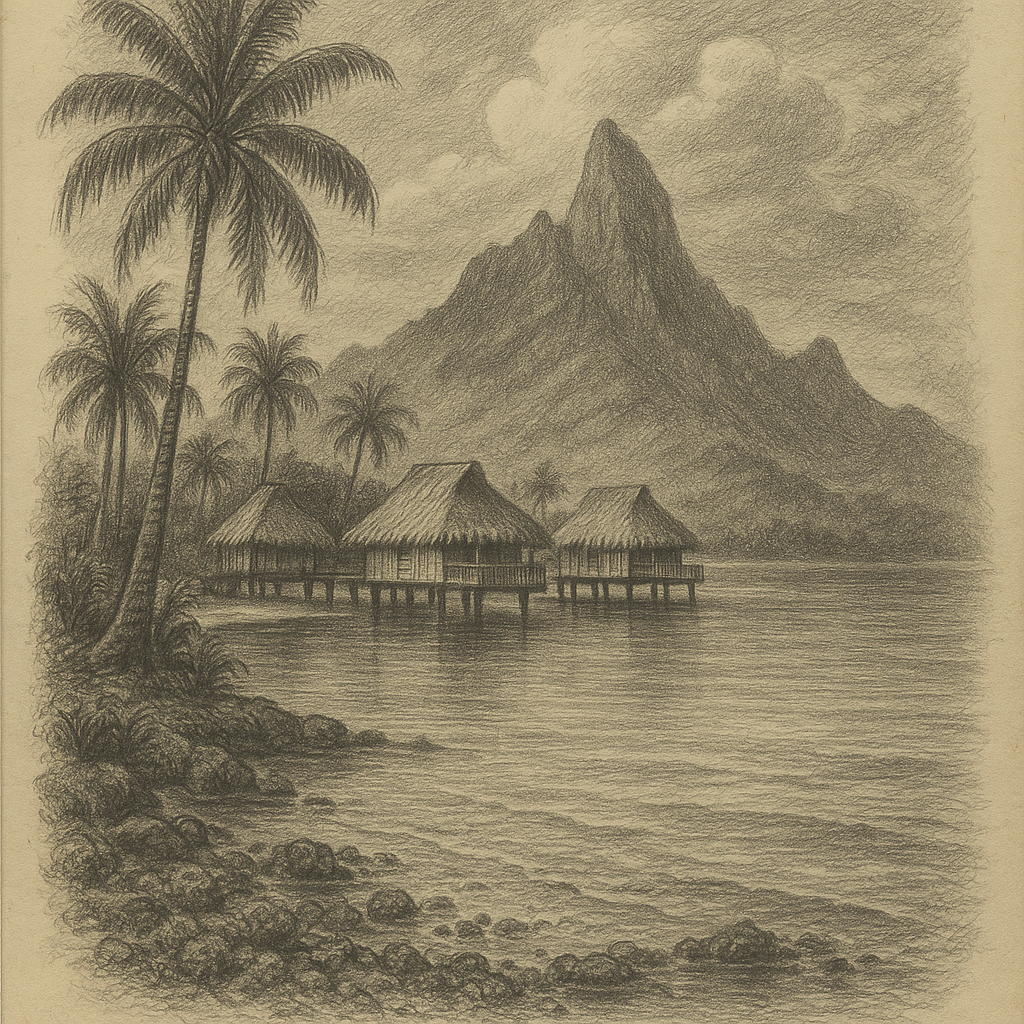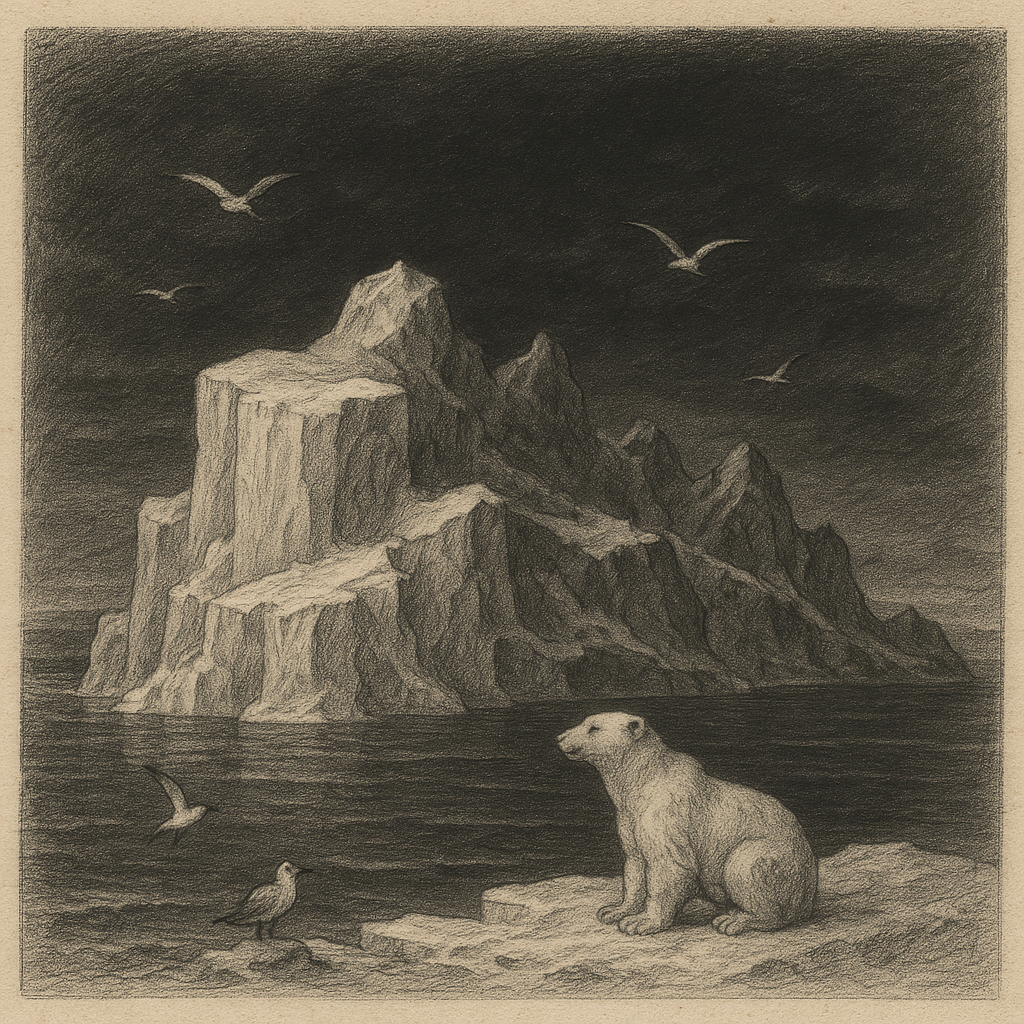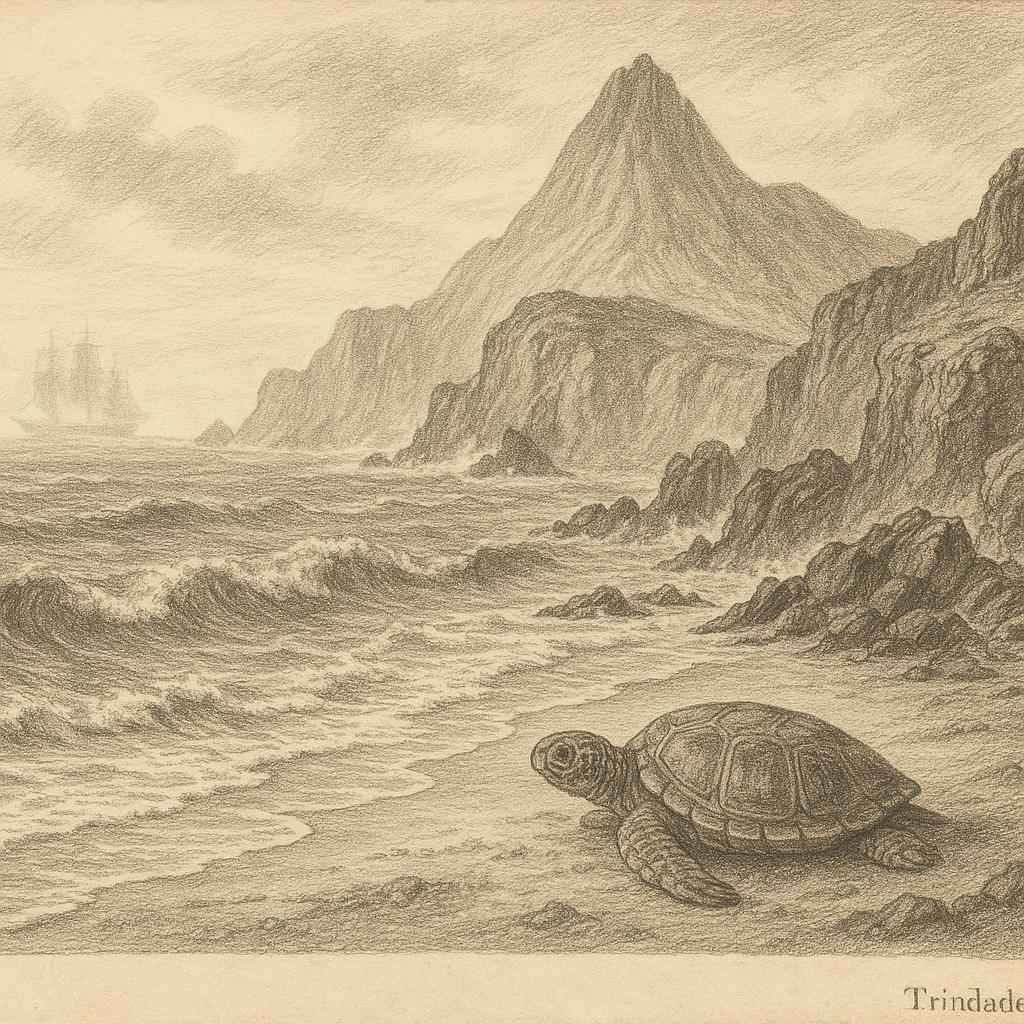Isla Socorro: Mexico’s Remote Pacific Outpost Isla Socorro, formally known as Isla Socorro del Archipiélago de Revillagigedo, is the largest of the four volcanic islands that make up the Revillagigedo Archipelago in the Pacific Ocean. Located approximately 600 kilometers southwest of the southern tip of the Baja California Peninsula, this isolated and captivating island offers a rich blend of volcanic geography, unique wildlife, and intriguing history—both real and legendary. Geographic and Geological Setting Isla Socorro spans about 132 square kilometers, making it the largest island in the Revillagigedo group, which also includes San Benedicto, Roca Partida, and Clarión. The island is volcanic in origin and features a towering peak—Mount Evermann—that rises to 1,130 meters above sea level, making it the highest point in the archipelago. This volcanic massif remains active, with its most recent eruption recorded in 1993. Socorro lies along the Pacific Ring of Fire, where the Pacific Plate slowly subducts beneath the Rivera Plate, generating frequent seismic and volcanic activity. Much like other island chains formed through tectonic movement, its position contributes significantly to its dramatic topography and marine features. Climate and Ecosystem The island experiences a semi-arid tropical climate, with average annual precipitation around 350 to 500 mm, mainly falling during the summer months. Temperatures generally remain mild, fluctuating between 20°C and 30°C throughout the year. Because of its isolation and relatively stable climate, Isla Socorro has developed several ecological niches that support a host of endemic plant and animal species. The flora of the island includes drought-resistant shrubs, small trees, and endemic plant species that have adapted to the island’s volcanic soils and infrequent rainfall. The island was once covered by forests, but these were significantly altered by the introduction of invasive species. Ongoing conservation efforts aim to restore native vegetation wherever possible. Fauna on Isla Socorro is equally unique. The island is a critical stopover for migratory birds and a nesting ground for various seabird species, including the endemic Socorro dove, which sadly is extinct in the wild but is the focus of reintroduction programs. Other notable species include the Socorro mockingbird and the Socorro wren. The surrounding marine environment, protected as a UNESCO World Heritage Site, is teeming with megafauna such as manta rays, hammerhead sharks, humpback whales, and bottlenose dolphins. These nutrient-rich waters draw marine researchers and divers from around the world. Scientific Significance and Conservation As part of the Revillagigedo Archipelago, Isla Socorro is within the boundaries of the Revillagigedo National Park, one of the largest marine protected areas in North America. The island serves as a key location for scientific research related to marine ecology, volcanology, and climate science. A Mexican naval station, established in the 1950s, serves as the only permanent human presence on the island today and provides logistical support for scientists and environmental monitoring personnel. The ecological significance of the island cannot be overstated. Due to the sensitive and often endangered nature of the wildlife populations, access to Isla Socorro is strictly regulated by the Mexican government, and permits are required for both scientific and recreational visits. Conservation projects have included the removal of non-native species such as sheep and cats, whose presence had previously devastated local ecosystems. Highlights and Unique Features Isla Socorro is often referred to as the “Galapagos of North America” because of its rich biodiversity and relative isolation. Scuba divers and marine biologists are particularly drawn to the island’s surrounding waters, which boast more than 30 dive sites known for spectacular interactions with large marine animals. Among these, “Cabo Pearce” and “Punta Tosca” are famous for close encounters with giant oceanic manta rays that can reach wingspans of over five meters. The island’s volcanic landscapes create a stunning contrast against the deep blue of the Pacific. Active fumaroles and craggy lava fields give the island an otherworldly appearance. The rugged coastline, with steep cliffs and hidden coves, makes it a visually dramatic destination and a paradise for nature photography. Myths and Legends of Isla Socorro Despite its isolation and relatively short history of human interaction, Isla Socorro possesses a rich tapestry of oral stories and seafaring legends that have grown over time. One enduring tale tells of a “ghost fleet” seen on hazy evenings off the northeastern coast of the island. Sailors and fishermen claim to witness shadowy outlines of 17th-century galleons drifting silently with no apparent crew or sails, vanishing as mysteriously as they appear. These ghost ships are believed to be remnants of Spanish treasure fleets lost during storms or attacked by pirates and swallowed by the sea. Another popular legend speaks of the “Stone Guardian,” a natural rock formation said to resemble a human face that watches over Isla Socorro. Locals who have visited the island suggest that the rock changes expression depending on the weather, warning visitors of danger or welcoming them with a serene smile. Though the phenomenon is scientifically unsubstantiated, it contributes to the island’s mystique. Some also believe that the island is the resting place of hidden treasure left behind by early explorers or stranded pirates who never escaped the island’s rugged terrain. With its numerous caves and lava tubes, the island does seem like a plausible setting for such buried secrets. Access and Permits Getting to Isla Socorro is a journey reserved for those with purpose and passion. The nearest mainland point is the port of Manzanillo, from where specialized liveaboard dive vessels make the 24-30 hour trip across open ocean. Due to the sensitivity of the local ecosystem and national park regulations, all visitors must obtain special permits granted by Mexican environmental and naval authorities. These permits are typically reserved for scientific researchers, conservationists, and select eco-tourism operations. Recreational visitors are subject to strict guidelines and are accompanied by guides accredited by the park authorities. Conclusion Isla Socorro is a rare and precious gem of natural history and geological dynamism. From its towering volcanic peaks to its haunting legends, the island invites curiosity and awe. Though its access is limited, this very remoteness has helped preserve its singular ecosystem, making it not only a sanctuary for scientific inquiry but also a beacon of biodiversity conservation in the Eastern Pacific. Whether you’re drawn to the mysteries beneath its waves, the songs of its endemic birds, or the legends whispered by the winds, Isla Socorro remains a wild frontier at the edge of the known world.

Isla Socorro
Do you like my work? Buy Me A Coffee
Do you like my work? Buy Me A Coffee
-

Motu Tevairoa
Introduction to Motu Tevairoa Motu Tevairoa is a picturesque island located in the turquoise lagoons of Bora Bora, part of the Society Islands in French Polynesia. The island, while not as globally known as some of its larger neighbours, is a haven of natural beauty, cultural depth, and serene isolation. Nestled just to the northwest…
-

Hall Island
Hall Island: A Remote Arctic Enigma Nestled deep in the icy waters of the East Siberian Sea, Hall Island is one of the most remote and lesser-known territories within the Arctic realm. This desolate landmass, part of the Russian-administered De Long Islands, is a windswept and icy sentinel that bears witness to centuries of Arctic…
-

Trindade and Martim Vaz Island
Trindade and Martim Vaz Island: A Remote Outpost in the South Atlantic Trindade and Martim Vaz Archipelago, known in Portuguese as “Ilhas de Trindade e Martim Vaz,” is a remote group of volcanic islands located in the South Atlantic Ocean under Brazilian sovereignty. Situated approximately 1,200 kilometers off the eastern coast of Brazil near the…
by
Tags: